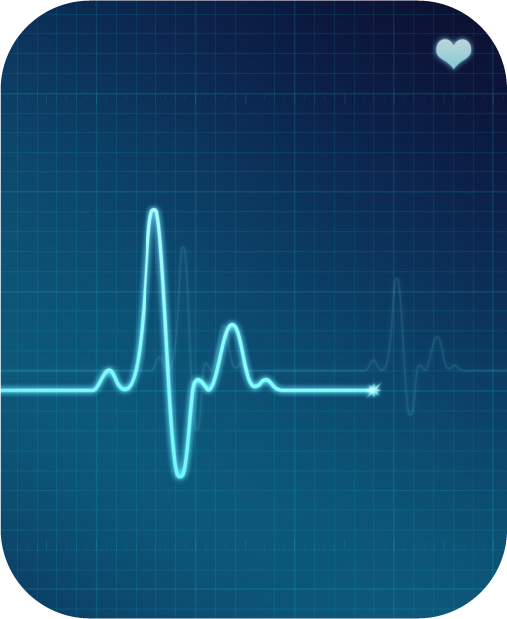Importance of Heart Screenings
Home » Importance of Heart Screenings
Routine youth physical exams do not include
cardiac screenings in the United States
SCA is an enormous healthcare challenge, if not a public health crisis, in the United States. For starters, cardiac screenings are not part of regular wellness checkups for youth or pre-participation sports physicals for student athletes. This is especially problematic when taken into account that standard youth check-ups without a cardiac evaluation miss 90% of youth at risk for SCA, 1 in every 300 individuals under the age of 18 has an undetected heart condition1, and that over 70% of all SCA youth victims were unaware that they had an underlying heart
condition prior to their incident2.
Several research studies have demonstrated that a heart screening that includes an EKG evaluation is significantly more effective at detecting heart conditions than just the history and physical alone. This is why the International Guidelines recommend youth be screened every two years beginning from the age 12 through age 253.


Lack of insurance coverage
Preventative (asymptomatic) heart screenings for youth are currently not covered by many, if not all, insurance providers and plans in the United States. Patients and their families can opt to pay for a heart screening out of pocket; however, this can cost them anywhere from $400 – $2000, a price many families can simply not afford.
To combat this lack of coverage and address the need to screen youth, 61 non-profit organizations (to date) in 30 states have been established over the last couple decades to organize community heart screenings. Many of these organizations, such as Saving Hearts Foundation, provide these screenings at no cost to patients and their families.
To see other non-profits providing community heart screenings across the nation and close to you, please visit the Parent Heart Watch website by clicking below.
2. Parent Heart Watch (2022)
3. International Criteria for Electrocardiographic Interpretation in Athletes: Consensus Statement (British Journal of Sports Medicine) (2017)
